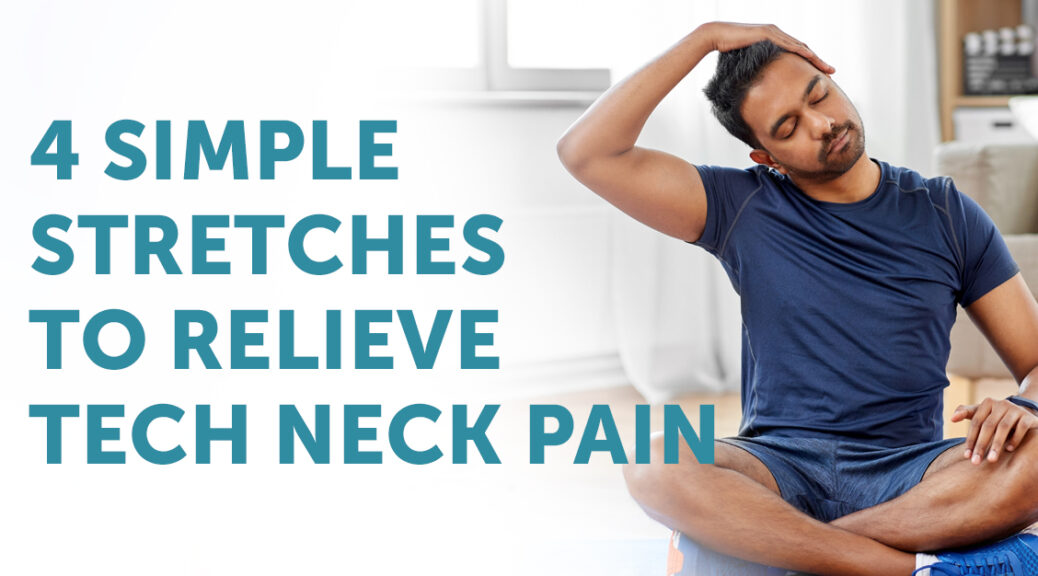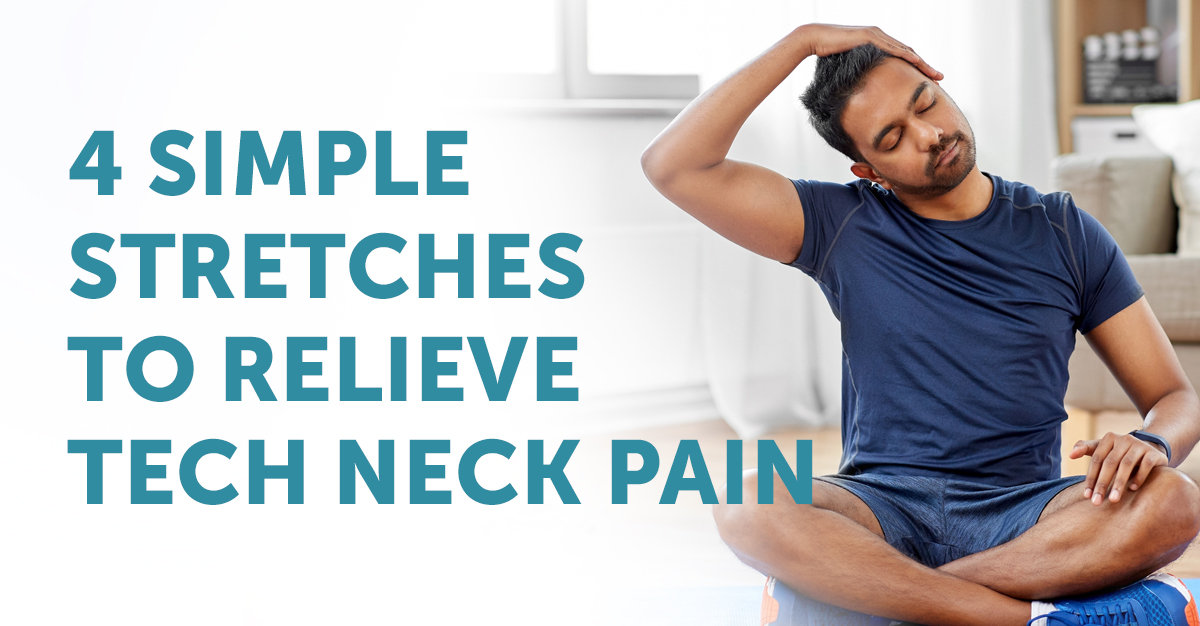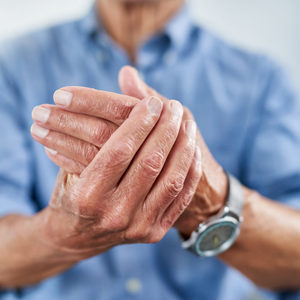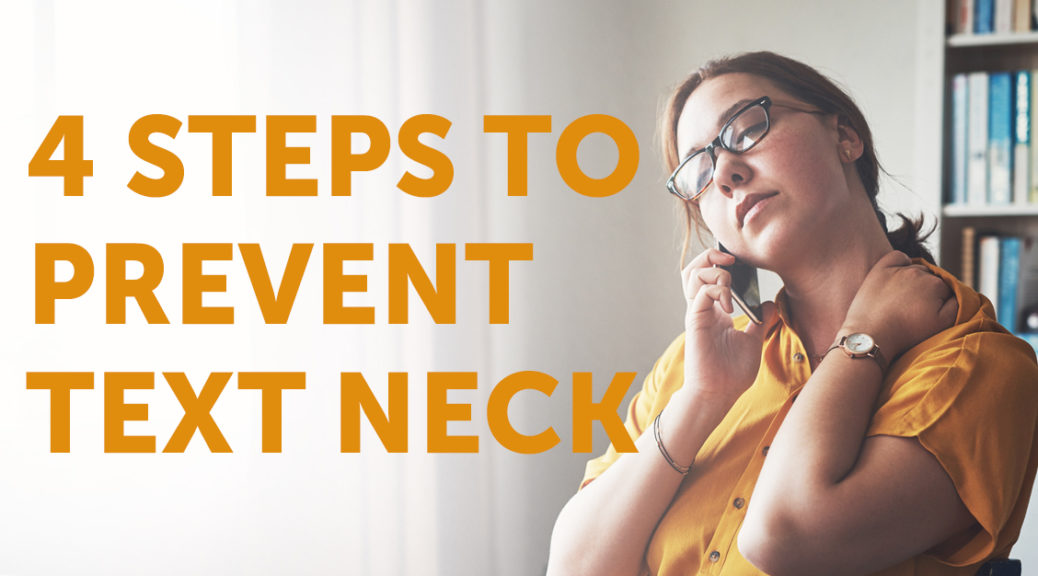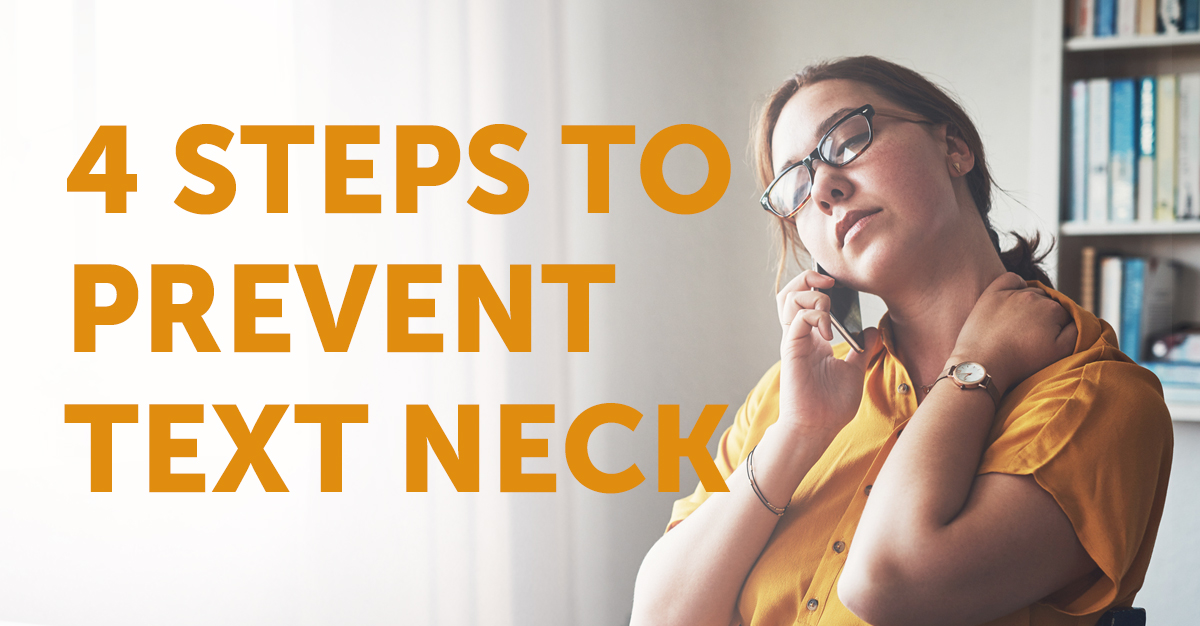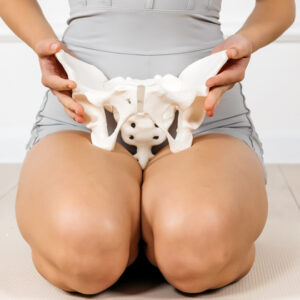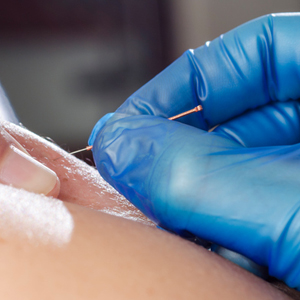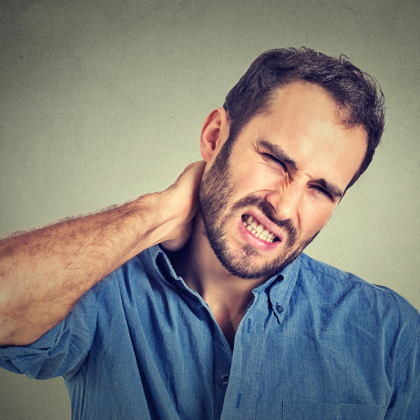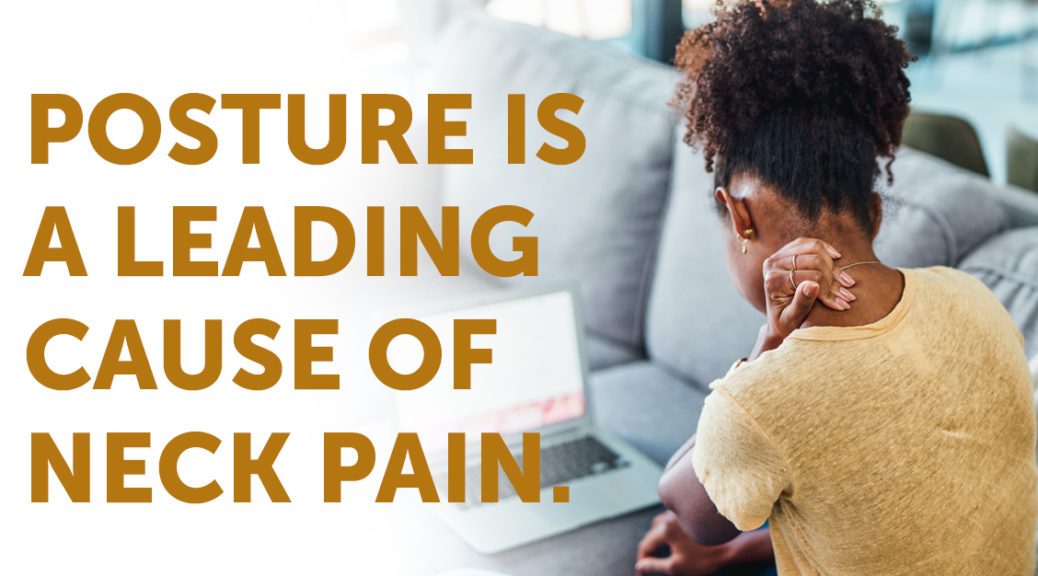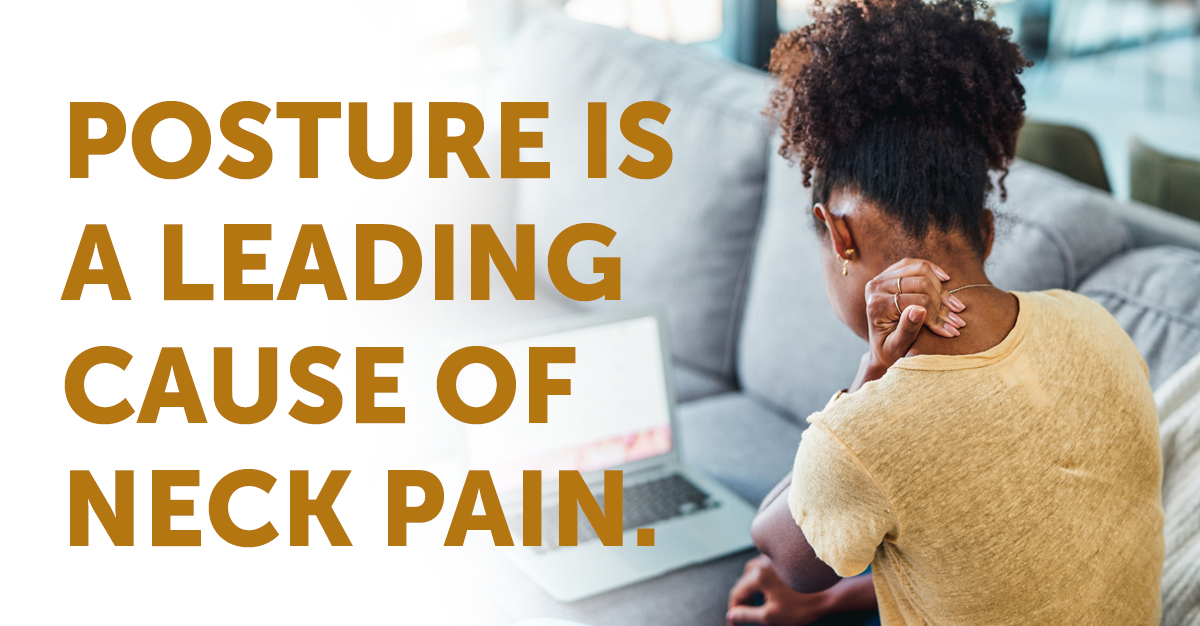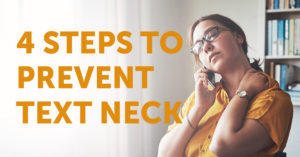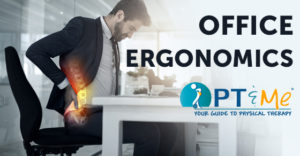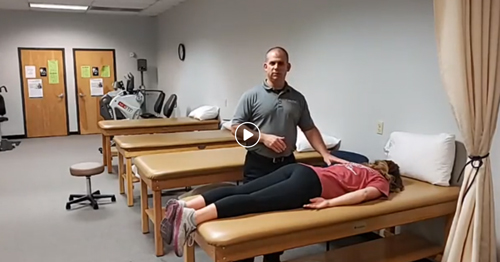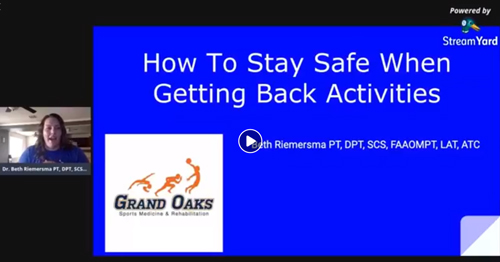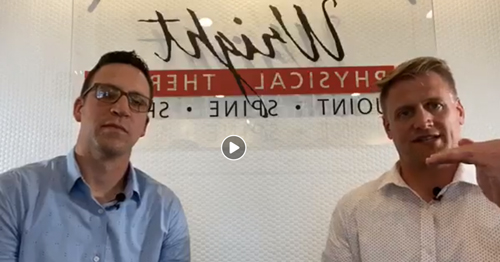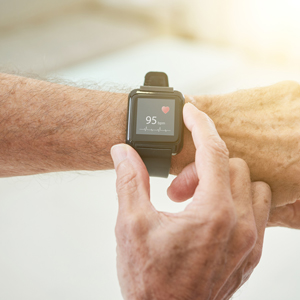
This time in PT News, we recap what our clinics have been posting throughout July 2025. We are excited to bring you current physical therapy-based posts featuring published articles from PTandMe partnering clinics!

1. Why Swimmers Hurt: Dryland Shoulders and Staying Strong
Written by Advance Rehabilitation, with locations throughout the State of GA.
“Competitive swimmers experience shoulder injuries at a high rate, with studies reporting that 23% to 51% of swimmers experience shoulder-specific injuries, and 26% to 41% of injuries are shoulder-related. Additionally, 74% of swimmers reported experiencing shoulder pain, with 23% reporting a shoulder injury. This indicates that shoulder injuries are a significant concern among competitive swimmers”… Read more
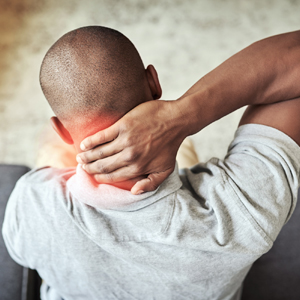
2. Text Neck: What It Is and How to Prevent It
Written by Four Pines Physical Therapy, an outpatient physical therapy practice in Jackson, Alpine and Pinedale, WY.
For each inch your head moves forward beyond its natural position, the pressure on your spine rises by about 10 pounds. In some cases, a severe forward tilt can add up to 60 pounds of extra force, leading to tension and pain in the neck, shoulders, and upper back. Even everyday activities like reading a book can contribute to Tech Neck if done with improper posture. Over time, maintaining this position places excessive strain on the cervical spine and muscles, potentially causing… Read more

3. Texas Direct Access Just Got Better
Written by Momentum Physical Therapy an outpatient physical therapy group located throughout the Greater San Antonio, TX.
Governor Greg Abbott has officially signed House Bill 4099, bringing a major win for patients and physical therapists across the state. Starting September 1st, licensed physical therapists in Texas will be able to treat patients without a referral for up to 30 calendar days. Previously, physical therapists in Texas could only treat patients for 10–15 business dayswithout a referral, depending on their license level. What does this mean for you… Read more
We hope you enjoyed our picks for the PT News July 2025 edition.


